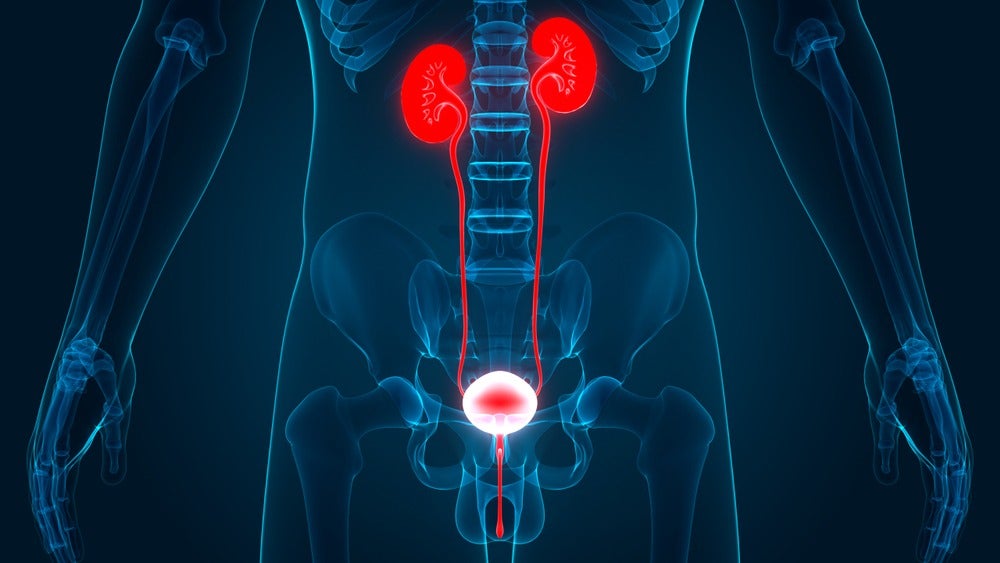Genitourinary disease is the second most investigated indication in the metabolic disorder therapy area across the eight major markets: the US, France, Germany, Italy, Spain, the UK, Japan and China.
Chronic kidney disease-mineral bone disorders (CKD-MBD) composes 7% of all genitourinary (including sex hormone therapy) clinical trials (n=330), with 112 completed clinical trials and 18 in planned/ongoing Phase II and Phase III interventional studies.
CKD-MBD is one of the many complications associated with overall CKD.
The systemic disorder is identified from high parathyroid hormone and disrupted K+/Ca2+ levels caused by a decreasing glomerular filtration rate (GFR) due to renal impairment.
CKD-MBD is an umbrella term used to link renal osteodystrophy with mineral bone disorders and bone pathology associated with CKD. In 2017 alone, it was estimated that there were over 19 million diagnosed prevalent cases of CKD-MBD in the eight major markets.
CKD-MBD treatment: early-stage pipeline
Although the early-stage (Phase I and earlier) CKD-MBD pipeline contains many novel therapeutics to address the disease, phosphate binders continue to dominate marketed therapies and the late-stage (Phase IIb and later) pipeline.
How well do you really know your competitors?
Access the most comprehensive Company Profiles on the market, powered by GlobalData. Save hours of research. Gain competitive edge.

Thank you!
Your download email will arrive shortly
Not ready to buy yet? Download a free sample
We are confident about the unique quality of our Company Profiles. However, we want you to make the most beneficial decision for your business, so we offer a free sample that you can download by submitting the below form
By GlobalDataA novel agent in the late pipeline, Ardelyx’s Tenapanor, is poised to become the first NHE3 inhibitor for hyperphosphatemia in CKD-MBD and is expected to receive US Food and Drug Administration (FDA) approval in 2020.
In the figure shown below, adapted from GlobalData’s report, Chronic Kidney Disease-Mineral Bone Disorders (CKD-MBD): Competitive Landscape to 2027, other novel agents populate the late-stage pipeline; SK-1403, a calcium receptor (CASR) agonist also possesses a novel mechanism of action for CKD-MBD but is set to exclusively enter the Japanese market, with no intentions stated by Sanwa Kagaku Kenkyusho regarding label extensions.
Throughout all phases of the CKD-MBD pipeline, biologics are only featured in the pre-clinical phase (not shown in the figure), with small-molecules dominating both marketed and late pipeline products.
Products in clinical development for CKD-MBD

Source: GlobalData, Pharma Intelligence Center
CKD-MBD treatment: barriers to market growth
The major barrier to CKD-MBD market growth over the next decade is the loss of patent exclusivity of major drugs. In addition, market access and reimbursements for costly new therapies represent another notable barrier to market growth and present a stiff barrier to entry for new medications into the CKD-MBD space. Despite hurdles for new agents, GlobalData expects significant opportunities to remain for developers of drugs with novel mechanisms of action.
Forthcoming report:
GlobalData (March 2019). Competitive Landscape: Chronic Kidney Disease-Mineral Bone Disorders





